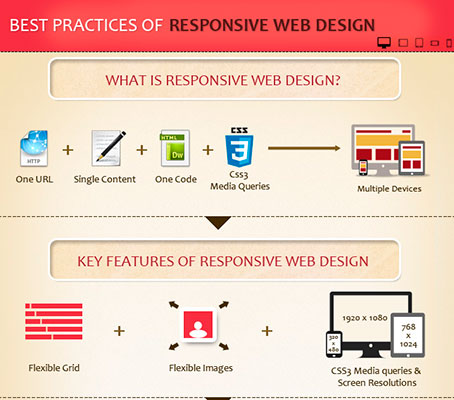The Growth Of Web Design: After That And Now
The Growth Of Web Design: After That And Now
Blog Article
Content Create By-Booker Hyldgaard
In the past, websites were basic and focused on details. Navigating was straight, and style was for desktops. Currently, user experience is vital. Data overviews styles for easy navigating. Responsive designs match different devices. Today, dark setting decreases stress, and minimal food selections boost navigation. Interactive features involve customers, and bold visuals stick out. simply click the up coming document . See how design has actually developed to improve your on the internet trip.
Early Days of Web Design
In the very early days of website design, simplicity reigned supreme. Websites were standard, with restricted colors, font styles, and layouts. The emphasis was on providing information as opposed to fancy visuals. Customers accessed the net via sluggish dial-up links, so rate and functionality were crucial.
Navigation menus were straightforward, typically situated on top or side of the web page. Web sites were developed for computer, as mobile browsing had not been yet common. Material was king, and designers focused on very easy readability over intricate layout aspects.
HTML was the main coding language used, and designers had to work within its constraints. Animations and interactive features were minimal contrasted to today's standards. Internet sites were fixed, with little dynamic content or customized customer experiences.
Surge of User-Focused Style
With the evolution of internet site layout, a shift in the direction of user-focused style principles has become increasingly popular. Today, developing internet sites that focus on customer experience is important for engaging site visitors and accomplishing service goals. User-focused design includes understanding the requirements, choices, and habits of your target market to tailor the website's layout, material, and includes as necessary.
Developers now perform complete research, such as user surveys and use screening, to collect insights and responses straight from individuals. This data-driven approach helps in producing user-friendly navigating, clear calls-to-action, and visually appealing user interfaces that resonate with visitors. By placing the customer at the center of the design process, websites can supply a more personalized and enjoyable experience.
https://techstory.in/5-digital-marketing-strategies-for-increasing-sales-today/ has actually likewise emerged as a crucial aspect of user-focused style, guaranteeing that web sites are maximized for numerous tools and display sizes. This versatility boosts availability and use, catering to the diverse methods individuals connect with websites today. Essentially, the surge of user-focused design symbolizes a change towards creating electronic experiences that focus on the requirements and assumptions of completion customer.
Modern Trends in Website Design
Discover the most up to date trends shaping web design today. One popular fad is dark mode design, offering a sleek and modern appearance while reducing eye pressure in low-light atmospheres. An additional vital fad is minimalist navigating, simplifying menus and improving user experience by concentrating on essential elements. Including micro-interactions, such as animated switches or scrolling results, can create a much more appealing and interactive site. Receptive layout remains important, making sure smooth user experiences throughout different devices. Additionally, utilizing vibrant typography and asymmetrical layouts can include visual interest and draw attention to particular material.
Integrating AI technology, like chatbots for customer assistance or individualized recommendations, enhances individual interaction and enhances procedures. Access has also become a considerable trend, with designers focusing on inclusive layout techniques to deal with diverse customer needs. Accepting sustainability by optimizing website efficiency for speed and efficiency is one more emerging pattern in website design. Collaborating with user comments and data analytics to repeat and boost style constantly is vital for remaining appropriate in the ever-evolving digital landscape. By embracing these modern-day patterns, you can produce an aesthetically appealing, straightforward internet site that reverberates with your audience.
Conclusion
As you reflect on the evolution of site design from the very early days to currently, you can see how user-focused design has come to be the driving pressure behind modern-day fads.
Welcome the journey of change and adaptation in website design, constantly maintaining the customer experience at the leading edge.
Tippingpointdigital
Stay existing with the most up to date patterns and modern technologies, and never ever quit developing your technique to produce visually magnificent and easy to use sites.
Progress, adapt, and create - the future of web design is in your hands.
